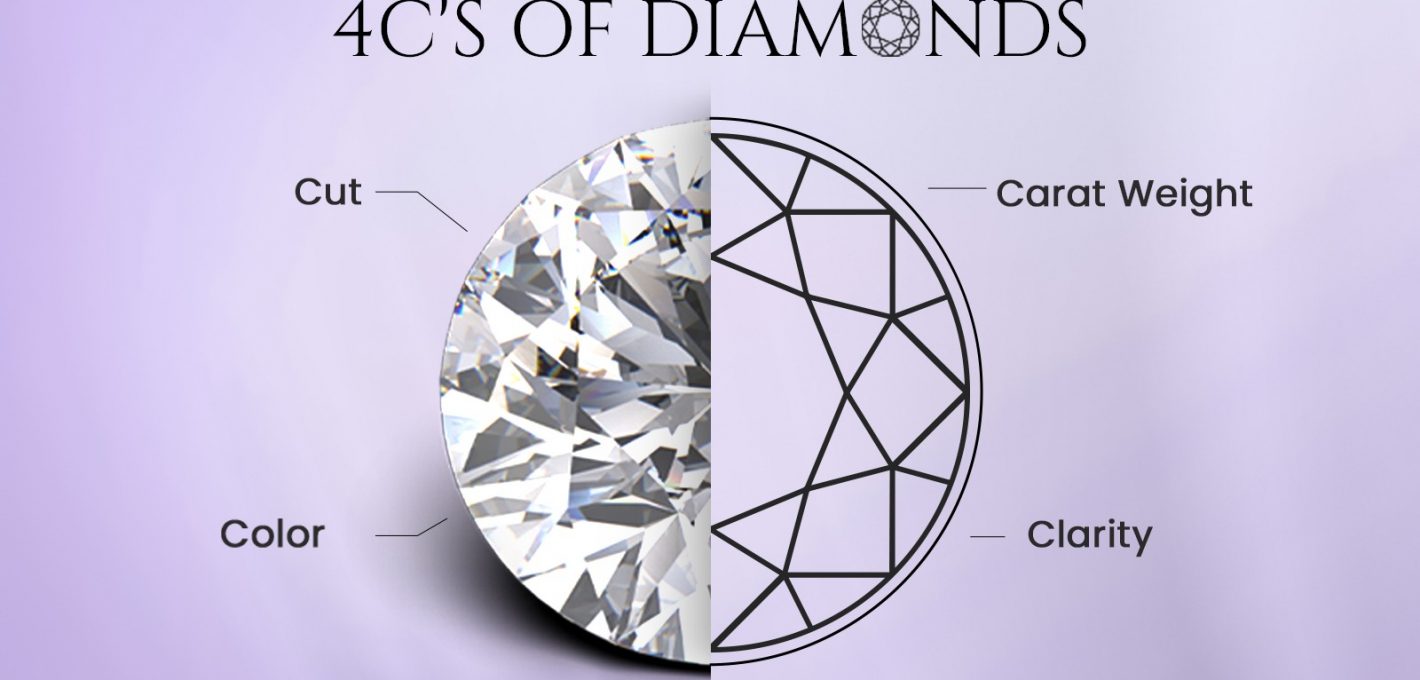
A “blood diamond,” also known as a “conflict diamond,” refers to a diamond that is mined in war zones and sold to finance armed conflict against governments. These diamonds have become a significant ethical issue in the diamond trade, raising questions about human rights violations, exploitation, and the role of the global jewelry industry in perpetuating these issues. In this article, we will explore what blood diamonds are, their history, and the steps taken to prevent their trade. We will also look at how consumers can make informed choices to avoid supporting conflict diamonds and help promote ethical sourcing in the jewelry industry.
What is a Blood Diamond?
The term “blood diamond” refers to a diamond that is mined under conditions of forced labor, child labor, or violence and used to fund rebel groups or terrorist organizations. These diamonds are typically extracted in war-torn areas, where workers are subjected to inhumane treatment and harsh working conditions. The proceeds from the sale of these diamonds are used to fuel conflicts, leading to death, displacement, and suffering. The best way to understand blood diamonds is to recognize their connection to human rights violations, which are often linked to political instability and violence in diamond-producing regions. The sale of blood diamonds has significantly affected countries in Africa, particularly Sierra Leone, Angola, and the Democratic Republic of the Congo, where the diamond trade has fueled brutal civil wars.
The History of Blood Diamonds
The history of blood diamonds dates back to the late 20th century when diamonds began to be mined and sold as a source of revenue for rebel groups in Africa. One of the most infamous examples is the Sierra Leone Civil War, which lasted from 1991 to 2002. Rebel groups in Sierra Leone financed their war efforts by selling diamonds extracted from the country’s diamond mines. The trade in these diamonds was largely unregulated, which allowed these groups to profit from the exploitation of workers and the destabilization of entire regions. The international community began to take notice of the growing problem of blood diamonds, leading to the formation of the Kimberley Process in 2003. This initiative was aimed at curbing the trade in conflict diamonds and ensuring that diamonds sold on the international market were sourced ethically.
The Kimberley Process and Its Impact on Blood Diamonds
The Kimberley Process Certification Scheme (KPCS) was established in 2003 as an international initiative to prevent the trade of blood diamonds. The Kimberley Process requires that diamonds be certified as conflict-free before they can be traded across borders. The goal of the Kimberley Process is to reduce the flow of diamonds into the hands of rebel groups and criminals, who use them to fund wars and terrorism. While the Kimberley Process has made significant strides in regulating the diamond trade, it has faced criticism for not being entirely effective in eliminating the issue of blood diamonds. Some countries have been accused of not fully complying with the regulations, and there are concerns about loopholes that still allow conflict diamonds to enter the market. Despite these challenges, the Kimberley Process remains a key tool in the fight against blood diamonds.
The Ethical Concerns Surrounding Blood Diamonds
One of the most significant ethical concerns surrounding blood diamonds is the human rights violations associated with their extraction. Workers in diamond mines, particularly in conflict zones, are often subjected to forced labor, poor working conditions, and violence. In some cases, children are used as laborers in these mines, which raises serious concerns about child exploitation. Additionally, the profits from blood diamonds often fuel armed conflicts that result in the deaths of countless civilians, displacement of entire communities, and long-lasting social and economic damage. The sale of these diamonds contributes to the continuation of these devastating effects, which is why the ethical implications of buying blood diamonds are so profound. As consumers become more aware of the problems associated with blood diamonds, there has been an increased demand for ethically sourced diamonds and more transparency in the diamond industry.
How to Avoid Blood Diamonds
To avoid supporting the trade of blood diamonds, consumers must be vigilant when purchasing diamonds. One of the most important steps is to ensure that the diamond comes with a certificate of origin, verifying that it has been sourced ethically. Many jewelers now offer conflict-free diamonds, which are guaranteed to be free from any association with violence or exploitation. Consumers can also ask retailers about their sourcing practices and whether they are committed to supporting fair labor practices in diamond mining. In addition to purchasing certified conflict-free diamonds, another option for ethically conscious buyers is to consider lab-grown diamonds, which are produced in controlled environments and have no connection to human rights abuses. By choosing ethically sourced man made diamonds, consumers can play an active role in reducing the demand for blood diamonds and supporting a more transparent and responsible diamond industry.
The Role of the Jewelry Industry in Combating Blood Diamonds
The jewelry industry plays a critical role in combating the trade of blood diamonds. Many diamond retailers and jewelers are now committed to sourcing their diamonds from conflict-free regions and working with suppliers who adhere to the Kimberley Process. By supporting ethical sourcing practices, the jewelry industry can help to reduce the demand for blood diamonds and promote human rights in diamond-producing areas. However, the industry also faces challenges in ensuring that all diamonds in the supply chain are conflict-free. Some retailers and companies have taken it a step further by committing to additional certifications beyond the Kimberley Process, such as the Responsible Jewellery Council (RJC), which promotes ethical practices across the entire supply chain. While progress has been made, the jewelry industry must continue to work towards greater transparency and accountability to fully eliminate the trade of blood diamonds.
The Impact of Blood Diamonds on Local Communities
The trade in blood diamonds has had a devastating impact on local communities in diamond-producing regions. In countries like Sierra Leone, Angola, and the Democratic Republic of the Congo, the diamond trade has fueled violence and conflict, leading to the destruction of infrastructure, displacement of populations, and a breakdown of social order. Workers in diamond mines often live in extreme poverty and face dangerous working conditions, with little to no access to basic rights or protection. Additionally, the revenue from blood diamonds typically benefits only a small elite or armed groups, while local communities remain impoverished and vulnerable to exploitation. The cycle of violence and poverty created by the trade in blood diamonds has long-lasting consequences for these communities, making it even more important to find ethical alternatives and solutions.
Alternatives to Blood Diamonds
As awareness of the ethical concerns surrounding blood diamonds has grown, many consumers are turning to alternatives. Lab-grown diamonds, for example, are produced in laboratories using advanced technology to replicate the natural diamond-growing process. These diamonds are chemically and physically identical to mined diamonds but are produced in a controlled, ethical environment without any connection to conflict or exploitation. Another alternative to blood diamonds is recycled diamonds, which are stones that have been previously owned and resold, reducing the demand for new mining. Both lab-grown and recycled diamonds provide consumers with a guilt-free option for purchasing a beautiful, ethical diamond without contributing to the problem of blood diamonds.
Conclusion: Making Informed Choices to Avoid Blood Diamonds
In conclusion, blood diamonds represent a significant ethical issue in the diamond industry, with serious implications for human rights and global conflict. While efforts like the Kimberley Process have made progress in curbing the trade of conflict diamonds, there is still much work to be done to ensure that all diamonds are ethically sourced and free from exploitation. As consumers, it is essential to make informed choices by asking questions about the sourcing of diamonds, looking for conflict-free certification, and considering alternative options like lab-grown diamonds. By supporting ethical practices, we can contribute to a more transparent and responsible diamond industry, helping to reduce the impact of blood diamonds on vulnerable communities around the world.





